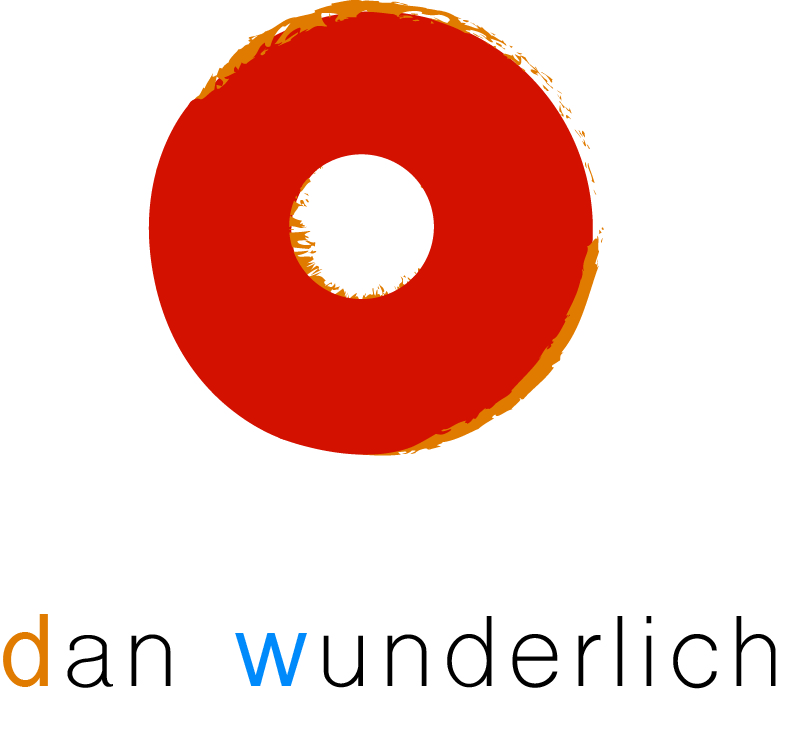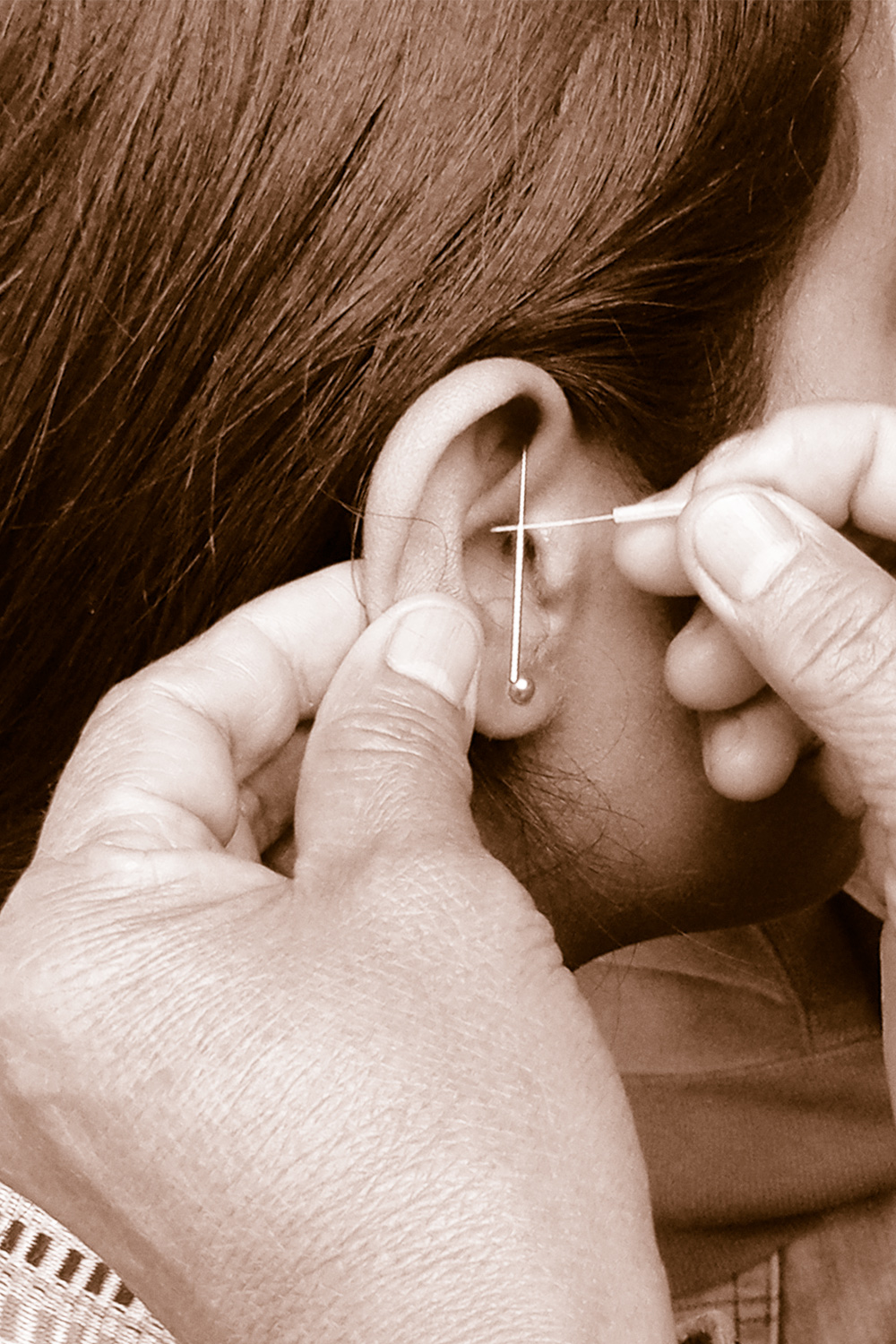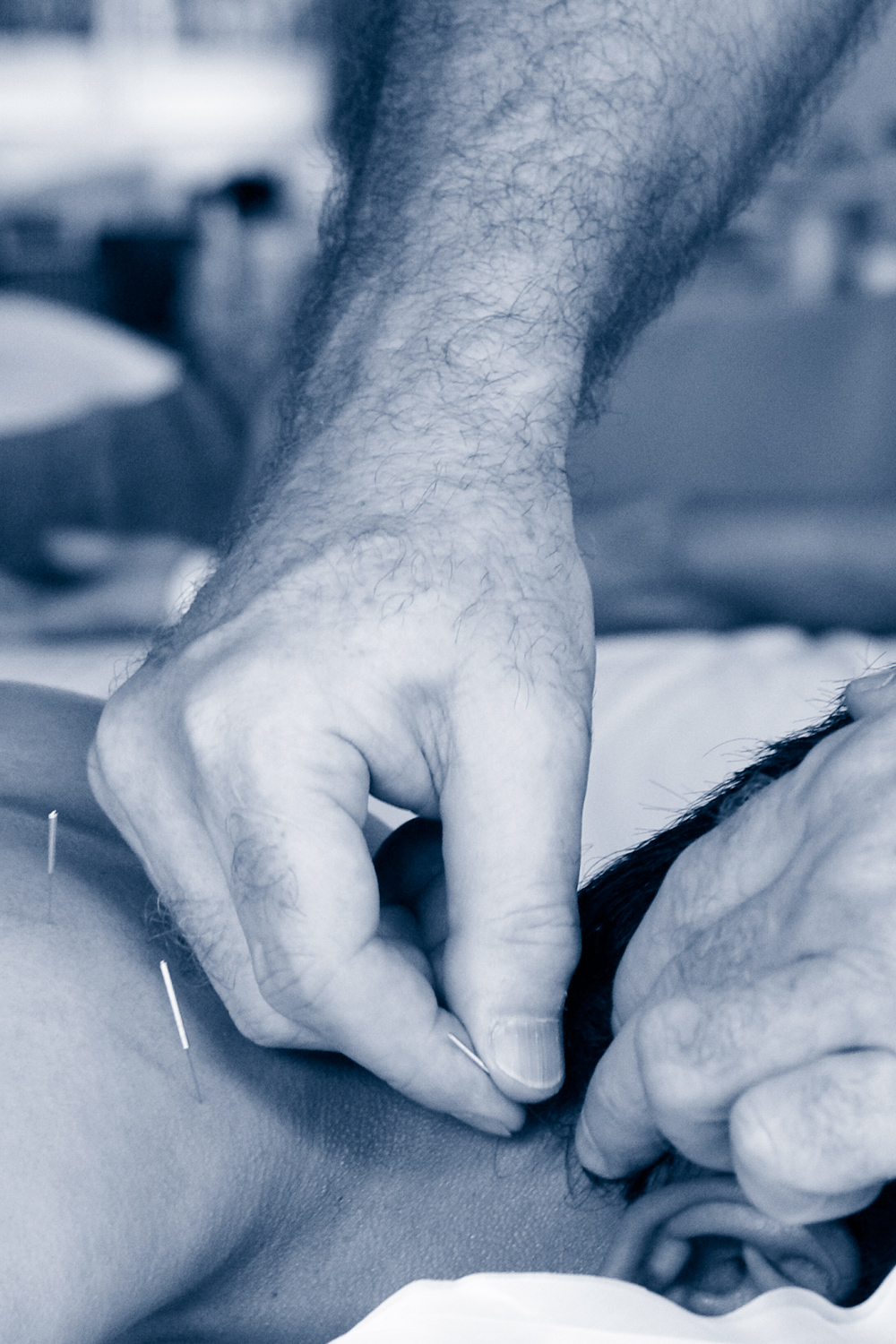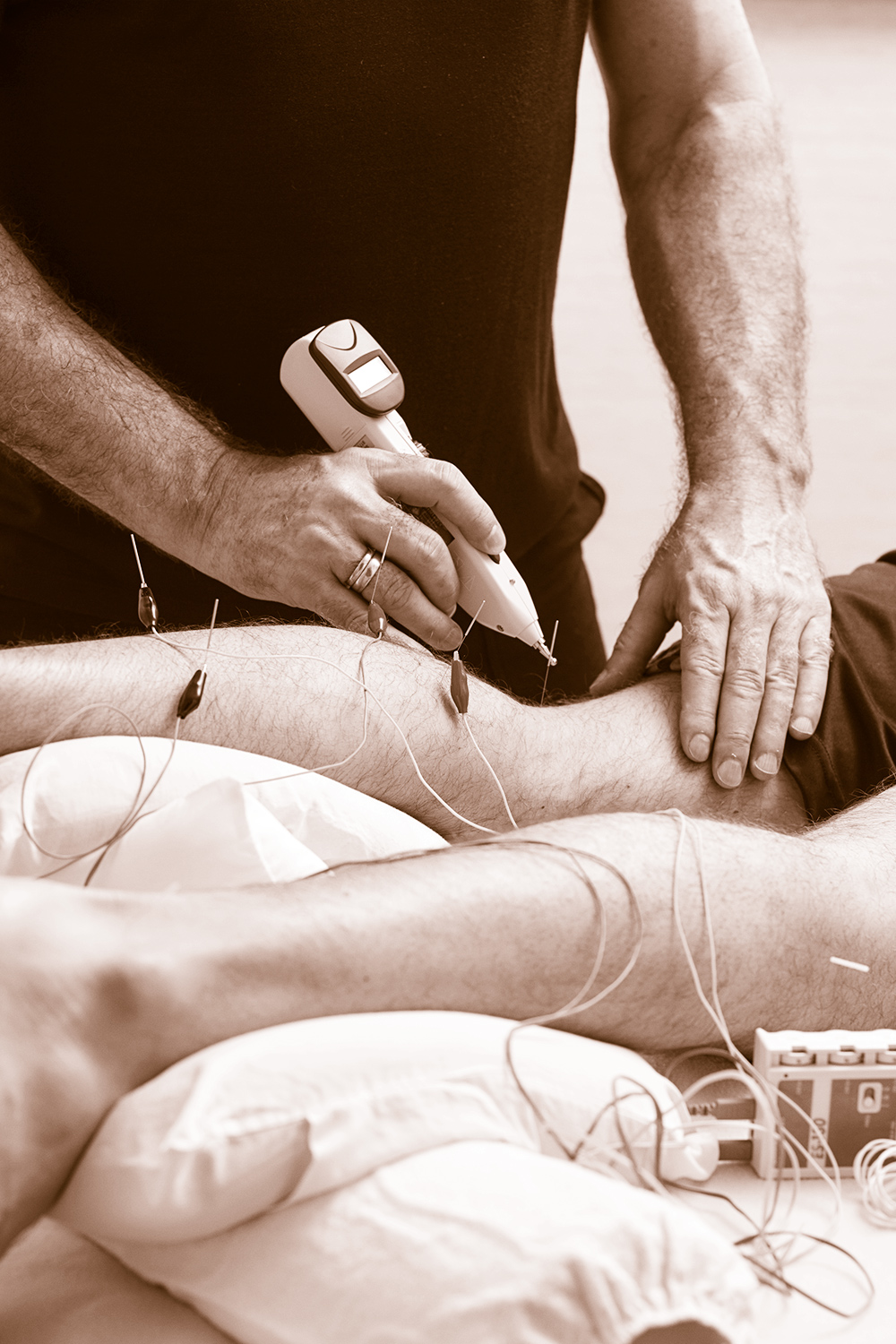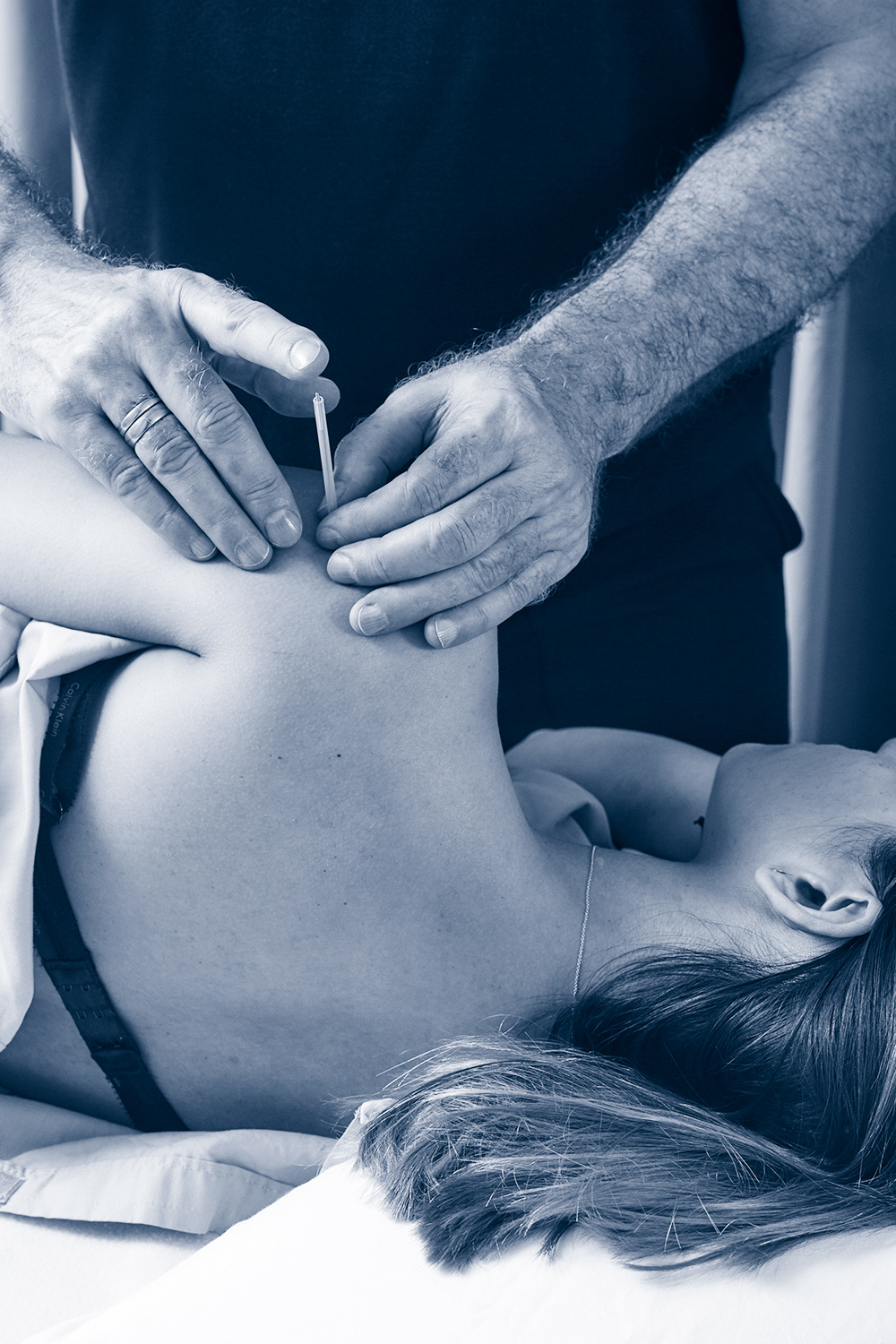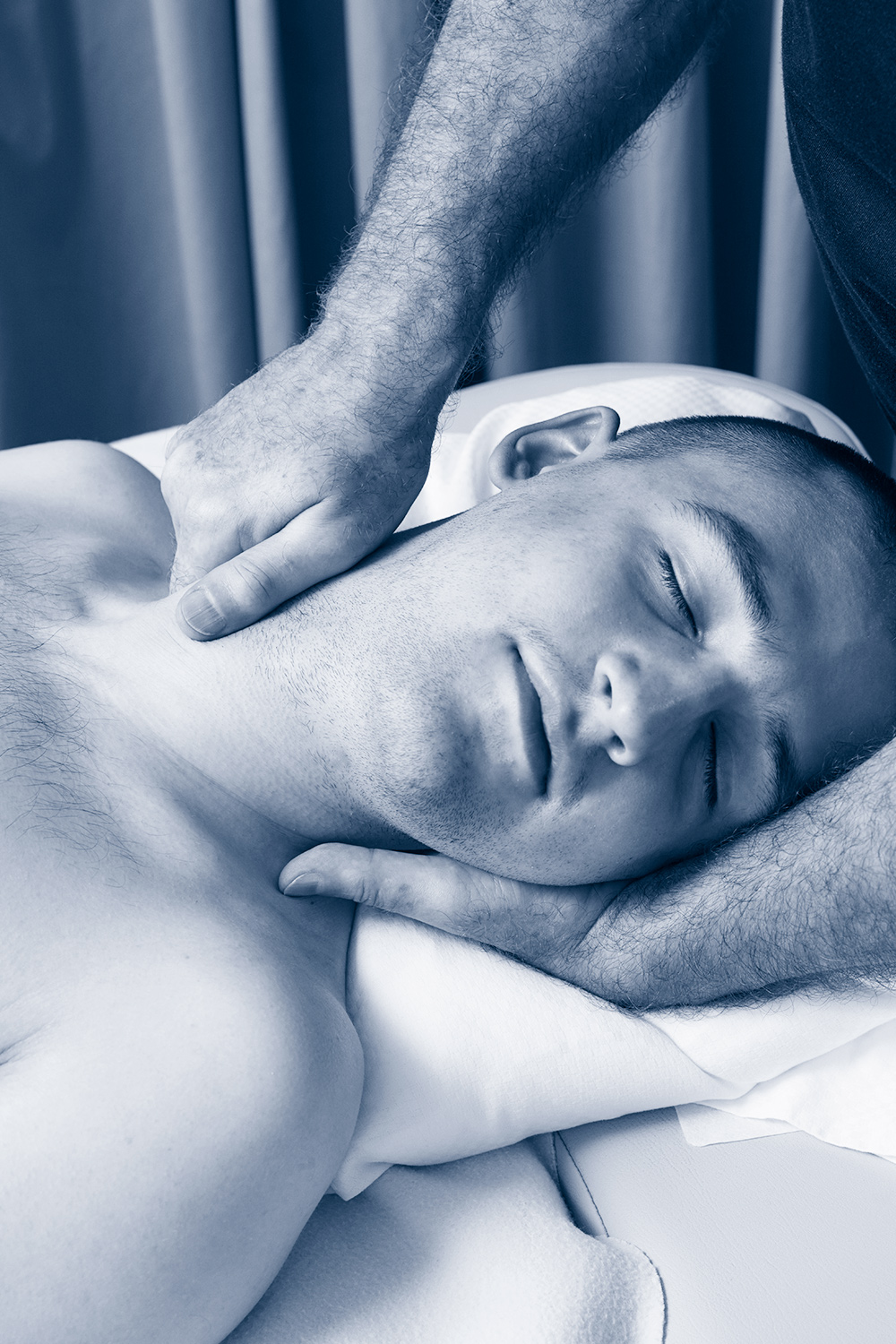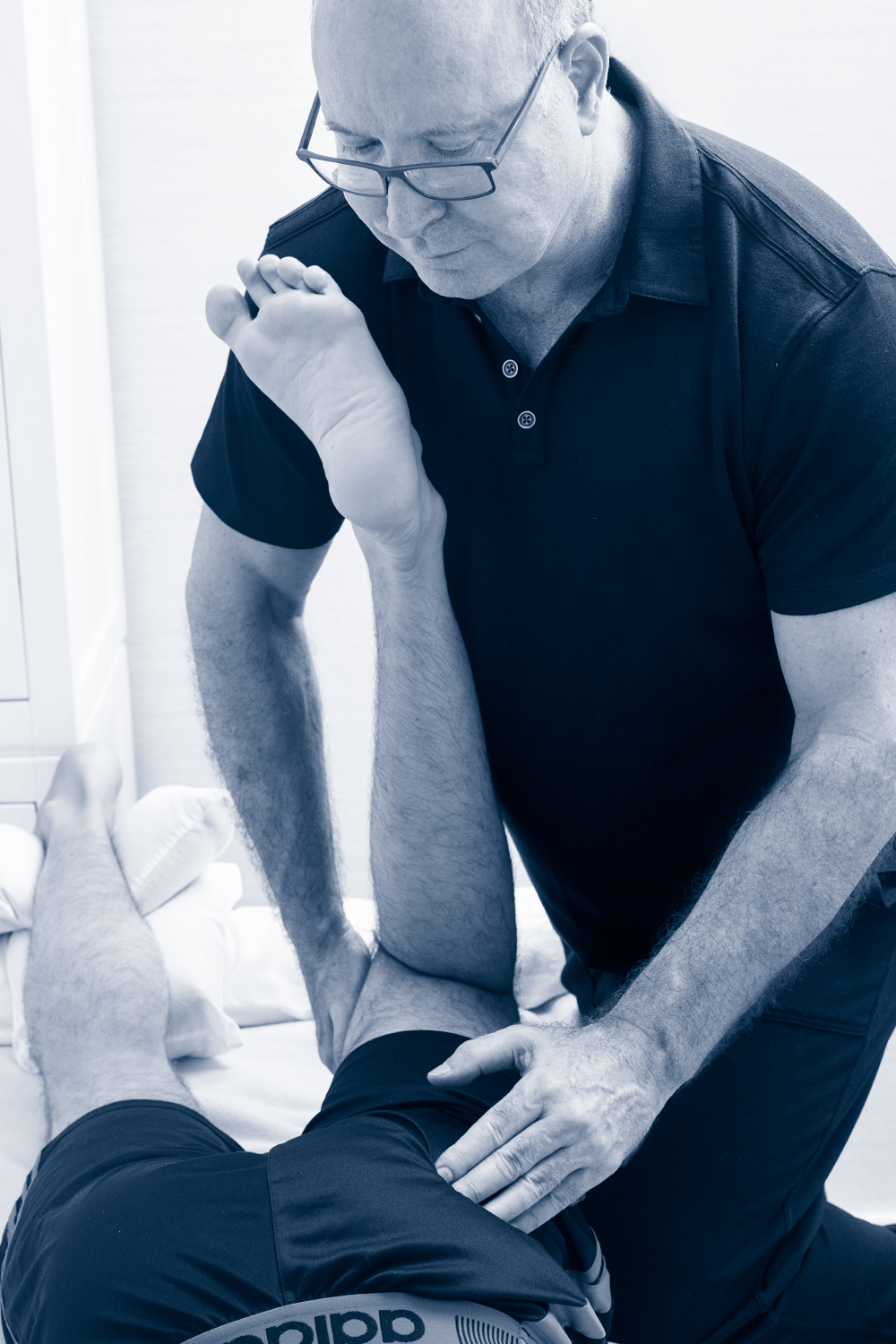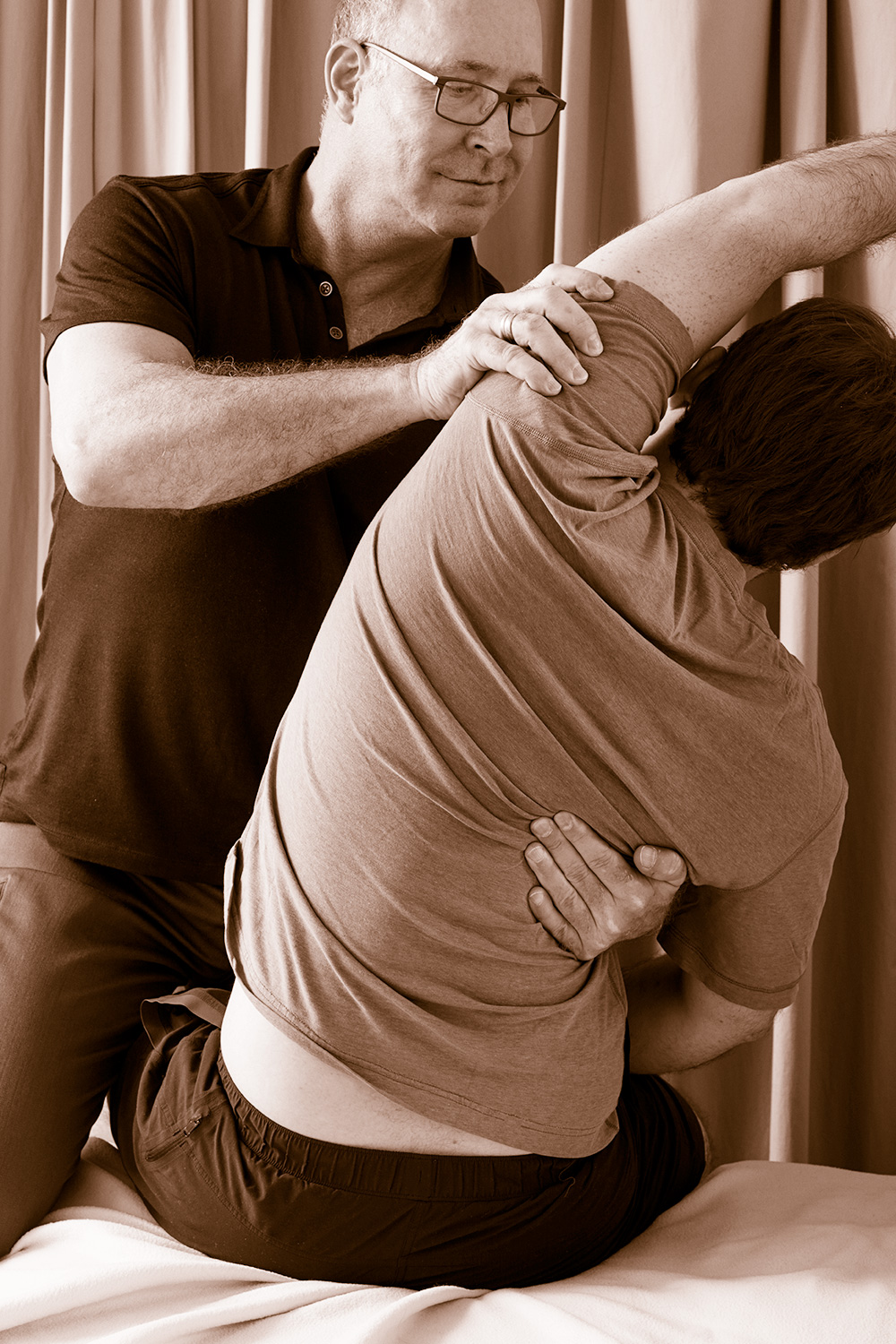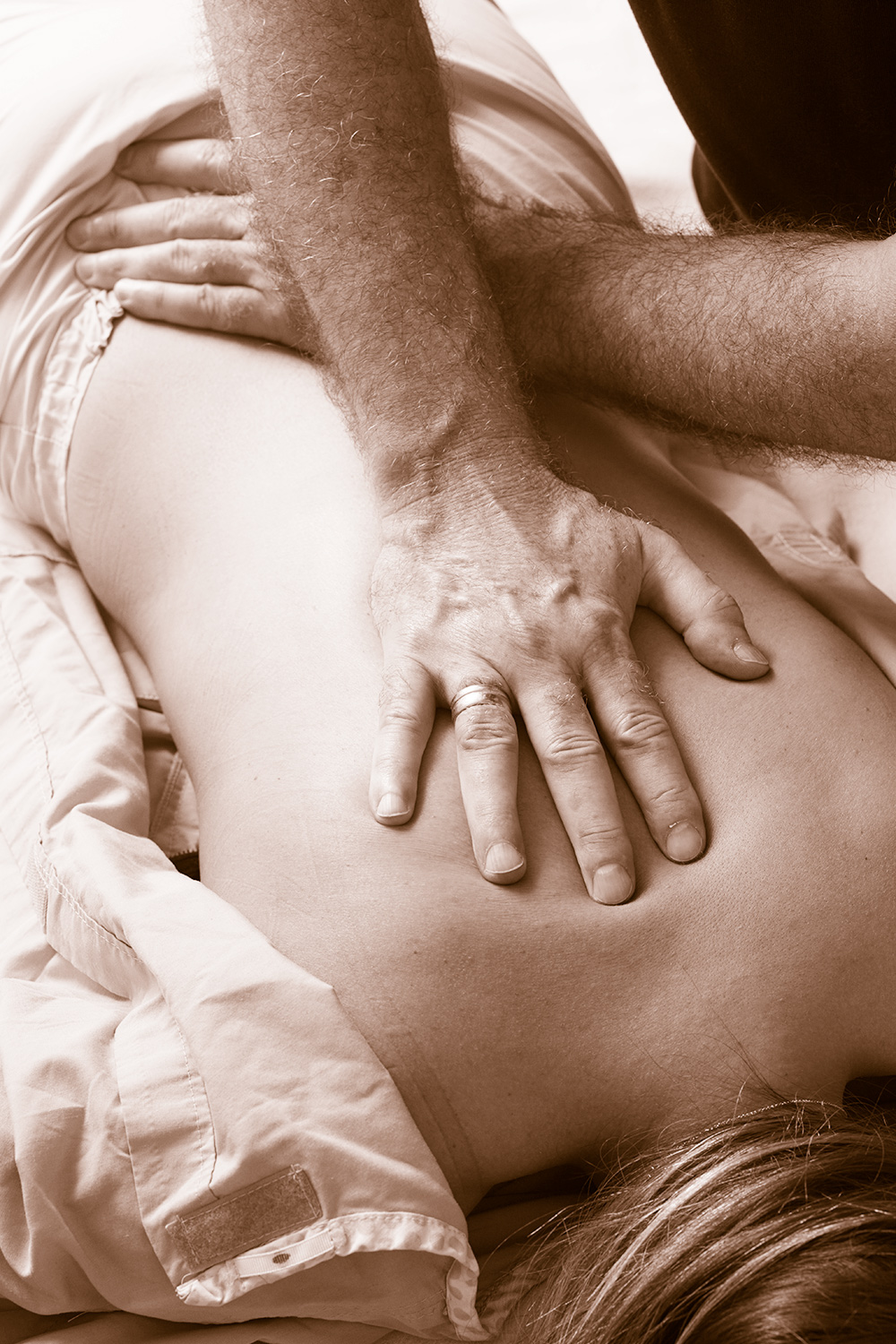Acupuncture &
Manual Therapy
Acupuncture is a treatment therapy in which extremely fine solid needles are inserted into the body at strategic points for therapeutic purposes. It has been practiced for thousands of years in China and other Asian countries. According to Eastern medicine traditions, acupuncture treatments stimulate the body’s own natural healing processes by unblocking obstructions in the body, re-establishing the smooth, optimal flow of Qi and Blood circulation, and balancing the body’s energies.
In today’s contemporary Western medical practices, a scientific approach is used in which disposable acupuncture needles are inserted into precise, richly innervated tissues overlying anatomically defined sites, and stimulated with or without heat and/or electricity for the therapeutic purpose of neuromodulation of abnormal activity of the important anatomical systems in the body, including the musculoskeletal, nervous, digestive endocrine, exocrine and immune systems.
Acupuncture interventions are extremely safe and are used in a diverse array of healthcare contexts to maintain and improve good health and wellbeing:
by manual medicine practitioners to treat musculoskeletal pain and orthopedic dysfunctions;
by functional medicine practitioners to treat stress, menstrual irregularities, migraines and nausea;
by midwives to assist with births;
by the U.S. Military to aid in the safe transport of wounded soldiers; and
by social workers to help treat addiction.
How can acupuncture benefit patients? Acupuncture can be effective as a solitary treatment, or as an adjunct to other therapeutic interventions. The World Health Organization recognizes the use of acupuncture in the treatment of:
Sports related injuries and other movement disorders;
Musculoskeletal pain: neck pain, shoulder pain, lower back pain and other joint pain;
Chronic pain: headaches, sciatica, osteoarthritis, neuritis and facial pain;
Digestive disorders: irritable bowel, constipation, diarrhea and gastritis
Menstrual and reproductive problems: dysmennorrhea, perimenopausal symptoms and infertility;
Urinary tract disorders: prostatitis and bladder dysfunction;
Respiratory problems: sinusitis, asthma, sore throat and recurrent respiratory tract infections;
Stress related problems: addictions and post-traumatic stress disorder.
Manual Therapy is an effective medical intervention which uses manual (hands-on) modalities to assess and treat a broad range of diseases, including musculoskeletal pain and orthopedic disorders, acute and chronic traumatic injuries, stress-related disorders, and digestive and respiratory disorders. A range of treatment techniques may be applied including Western medical massage, and/or Eastern medicine myofascial manual therapy methods such as AMMA Therapy and Zheng Gu Tui Na Therapy.
For musculoskeletal pain and movement disorders, gentle corrective soft-tissue manual therapy techniques and bone articular mobilizations are used to relieve muscle spasms, reduce inflammation, reduce pain, promote local tissue healing, improve fascial tensegrity, normalize bony structure alignment, facilitate movement, and restore function.
For internal medicine organ imbalances, visceral manipulation techniques are used to gently move important organ structures themselves (e.g., lungs, heart, liver, stomach) and the fascia (connective tissue) that surrounds them to improve the mobility of the organ, improve blood flow, and help the organ function more effectively.
What is AMMA Therapy?
The name “Am-ma” literally translates to “push-pull.” Amma Therapy is a specialized form of manual therapy based on Eastern medicine principles that combines deep tissue bodywork with the application of acupressure, kneading, friction, and somatic touch to specific acupressure points, muscle energy channels, muscles, ligaments, and joints. The techniques of Amma Therapy focus on the balance and movement of Qi (energy) within the body. Amma Therapy has proven to be an effective healing modality used to restore, promote and maintain optimum health through the treatment of the physical body, its bio-energy systems, and the human emotions, which reflect and are bound into the neuromuscular system.
What is Zheng Gu Tui Na Therapy?
Tui Na literally translates to “push and grasp”; Zheng Gu, literally translates to “correct the bone”. Collectively, the term Zheng Gu Tui Na is a specialized form of myofascial manual therapy in which special hands-on techniques are applied to soft-tissue, at the articular joints, along tendon-muscular interstitial connective tissue planes, and at specific myofasical trigger points to treat a broad range of diseases – including musculoskeletal pain and orthopedic dysfunctions, as well as internal medicine imbalances. The gentle correction of any bony misalignments are focused not only on joint mobilizations, but also on the surrounding muscles, fascia, and connective tissues.
Both AMMA Therapy and Zheng Gu Tui Na Therapy can be used as treatment interventions in conjunction with acupuncture or as an individual treatment modality on its own.
